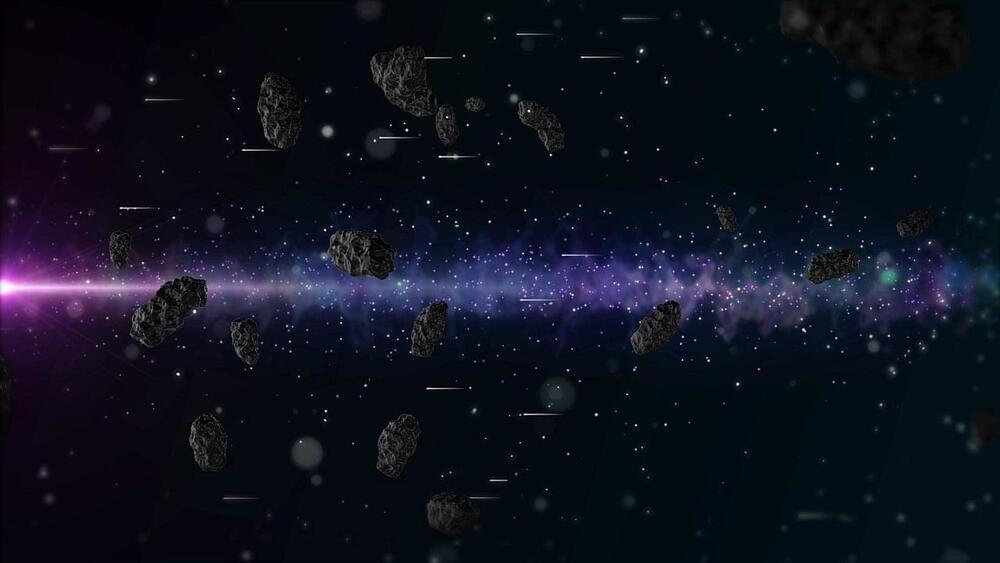Jul 10, 2024
Dark Comets and the Potential Delivery of Water to Earth
Posted by Laurence Tognetti, Labroots Inc. in categories: evolution, space
“We think these objects came from the inner and/or outer main asteroid belt, and the implication of that is that this is another mechanism for getting some ice into the inner solar system,” said Aster Taylor.
What are dark comets and how are they responsible for delivering water to the Earth? This is what a recent study published in Icarus hopes to address as a team of international researchers investigated the origins of dark comets and their evolution throughout the history of the solar system, including how much water they could have potentially brought to Earth in the past. This study holds the potential to help astronomers better understand dark comets and the formation and evolution of planetary bodies throughout the solar system.
Dark comets are often described as being a combination of asteroids and classified based on their unique behaviors, specifically their ability to accelerate without the aid of gravitational means, which researchers have previously hypothesized to be invisible gas jets emanating like traditional comets. Additionally, their physical characteristics consist of dark surfaces that could be hiding an icy subsurface, whereas traditional comets exhibit icy characteristics directly on their surface.
Continue reading “Dark Comets and the Potential Delivery of Water to Earth” »


















